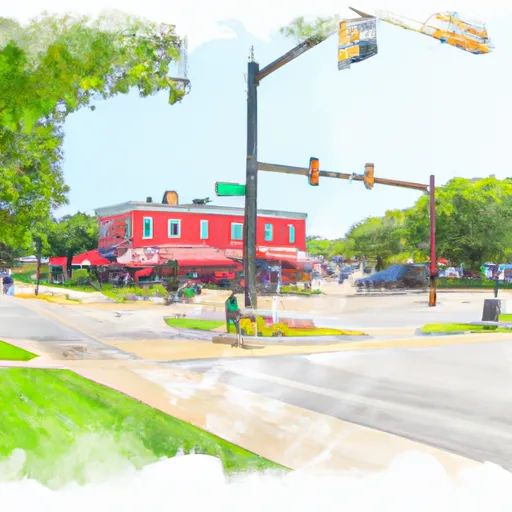°F
°F
mph
Windspeed
%
Humidity











Bettendorf, Iowa is located on the eastern border of Iowa and has a humid continental climate with hot summers and cold winters. The city is situated along the Mississippi River, which is a major hydrological feature of the area. The river has been known to cause flooding in the past. Bettendorf offers numerous outdoor recreation opportunities including hiking, biking, and fishing at local parks such as Crow Creek Park and Duck Creek Park. The city also has a public golf course, Palmer Hills Golf Course, and hosts the annual Quad Cities Marathon.
Weather Forecast
Bettendorf receives approximately 901mm of rain per year, with humidity levels near 81% and air temperatures averaging around 10°C. Bettendorf has a plant hardyness factor of 5, meaning plants and agriculture in this region thrive during a short period during spring and early summer. Most plants will die off during the colder winter months.
Regional Streamflow Levels
1,730
Cubic Feet Per Second
540,000
Cubic Feet Per Second
3,010
Cubic Feet Per Second
2,420
Cubic Feet Per Second
Nearby Camping
| Camping Area | Reservations | Toilets | Showers |
|---|---|---|---|
| Percy Quin State Park | |||
| Tickfaw State Park | |||
| St. Peters 370 Lakeside Park | |||
| Mississippi Petrified Forest | |||
| Lake Lincoln State Park | |||
| Pere Marquette State Park |



